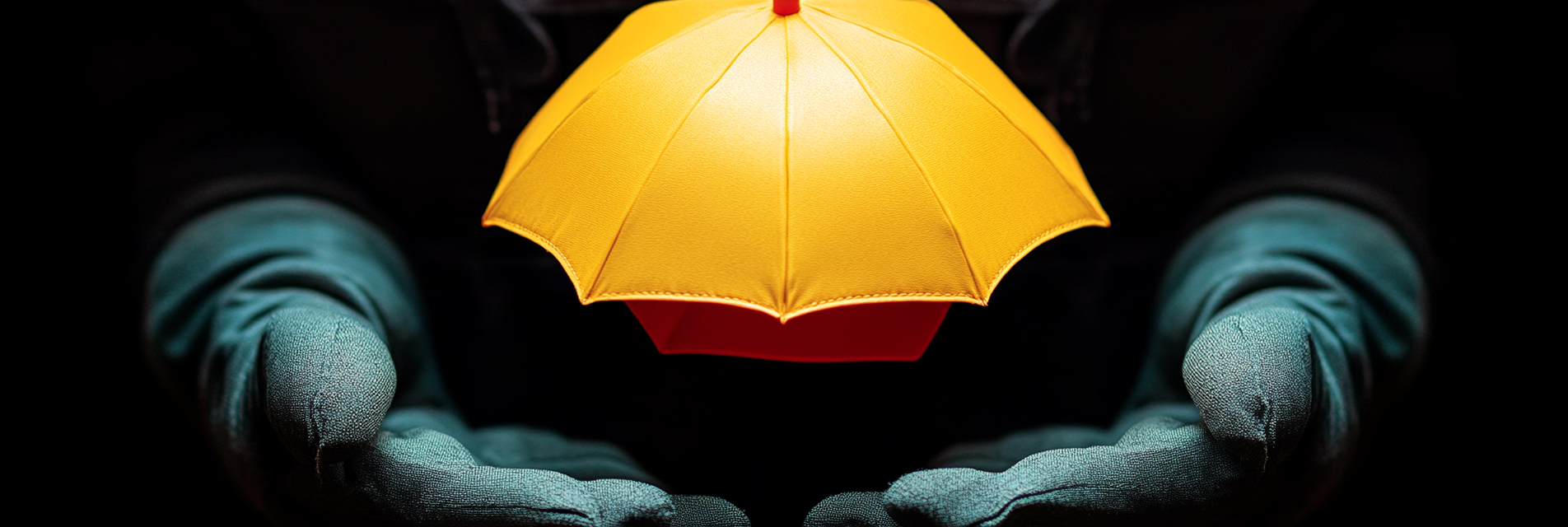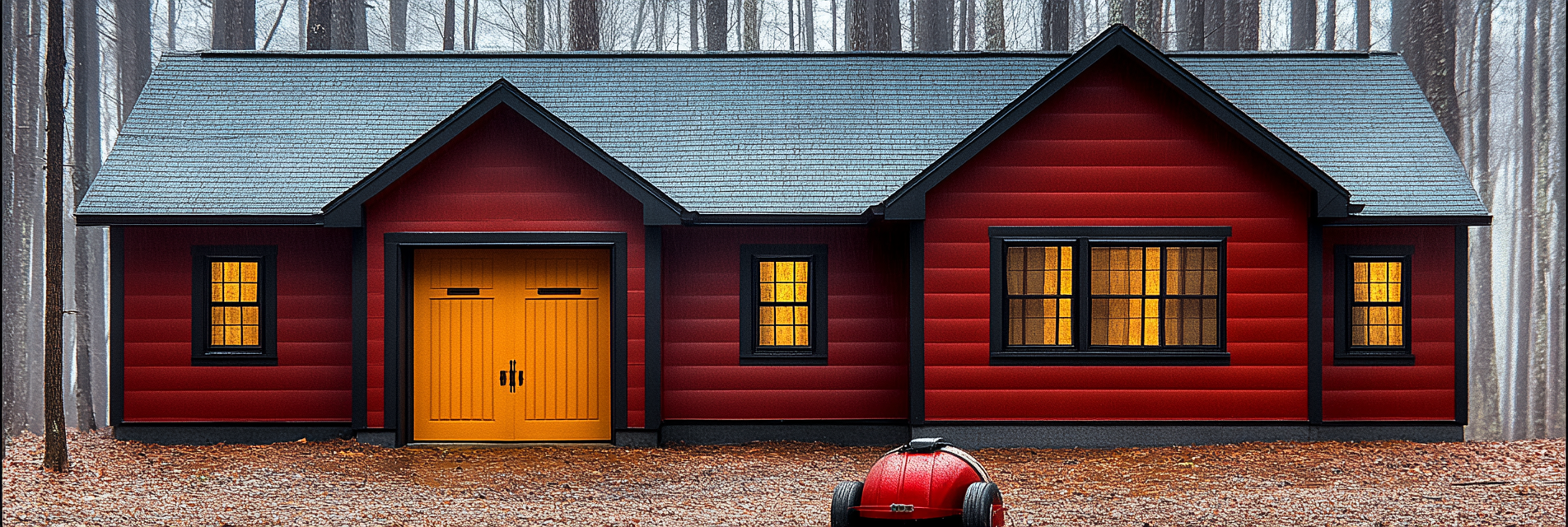Knowing how to safely shut off utilities in your home during an emergency can prevent further damage, reduce hazards, and ensure your family’s safety. Whether it’s a gas leak, flooding, or a severe storm, taking the right steps to shut off water, gas, and electricity can make a significant difference in the outcome of an emergency situation. This guide provides detailed instructions on how to handle each utility safely.
1. Shutting Off Water
Shutting off your water supply quickly can help prevent extensive damage during a plumbing emergency or flooding.
Locate the Main Water Valve: Find the main water shut-off valve in your home, typically located where the main water line enters the house (often in the basement, garage, or near the water heater). Turn Off the Valve: Turn the valve clockwise until it stops to shut off the water supply. Ensure all family members know the location of the valve and how to operate it. Test the Shut-Off: Open a faucet after shutting off the valve to confirm that the water supply has stopped.
2. Shutting Off Gas
A gas leak can pose serious risks, so it’s important to act promptly if you suspect one.
Locate the Gas Shut-Off Valve: The main gas shut-off valve is typically found outside the home, near the gas meter. Use a Wrench: Keep a wrench or gas shut-off tool near the valve to turn it off. Turn the valve a quarter turn so that it is perpendicular to the pipe to shut off the gas. Safety Precautions: Only turn off the gas if you suspect a leak (e.g., smell gas or hear hissing). Once shut off, do not turn the gas back on yourself—contact your gas company or a professional for assistance.
3. Shutting Off Electricity
Shutting off your home’s electrical power can be crucial during a flood, fire, or electrical emergency.
Locate the Main Electrical Panel: The main electrical panel is often located in the basement, garage, or utility room. Turn Off the Main Circuit Breaker: Open the panel and switch the main breaker to the “off” position. This will cut power to the entire house. Individual Circuit Breakers: If only part of the house needs to be turned off, switch the relevant circuit breakers to the “off” position. Ensure that you stand on a dry surface and use a flashlight if necessary.
4. Safety Tips When Handling Utilities
When handling utilities, safety should be your top priority.
Wear Protective Gear: If possible, wear gloves and sturdy shoes when accessing utility areas to prevent injury. Use a Flashlight: Ensure adequate lighting when locating valves or switches to avoid accidents. Avoid Sparks: In the event of a gas leak, do not use electronic devices or light matches, as this could ignite the gas.
5. Communicate Your Plan
Ensure all household members are familiar with the utility shut-off locations and how to operate them.
Create a Utility Map: Post a diagram near the main entry or in a common area showing the locations of water, gas, and electrical shut-offs. Conduct Drills: Practice turning off utilities during non-emergency times to ensure everyone knows what to do in case of an emergency.
6. Special Considerations
Some households may require additional steps or considerations based on specific needs.
Apartment Living: In an apartment or condo, consult building management to understand where shut-off points are located and who is responsible for operating them. Elderly or Disabled Family Members: Ensure that those who may not be able to shut off utilities themselves are supported by assigning a household member to help them during an emergency.
Conclusion
Knowing how to safely shut off your home’s utilities is an essential part of emergency preparedness. By following these steps, you can help prevent further damage and keep your household safe during a crisis. Paul Lindberg’s Dryer Fire Fighters recommends regular practice and familiarity with your home’s utility systems to ensure everyone is prepared to act swiftly and confidently in an emergency.
Serving the communities of:
Kennewick | Pasco | Richland | West Richland | Finley | Burbank | Benton City | Prosser | Grandview | Connell
As the sole certified dryer exhaust technician recognized by CSIA.org in the Tri-Cities area, Paul brings a wealth of expertise to fire prevention. His primary focus lies in addressing the root cause of many residential fires: lint buildup in dryer cavities and vents. Through rigorous inspections and thorough cleanings, Paul ensures that families and businesses can enjoy peace of mind, knowing their properties are safeguarded against fire risks.








































